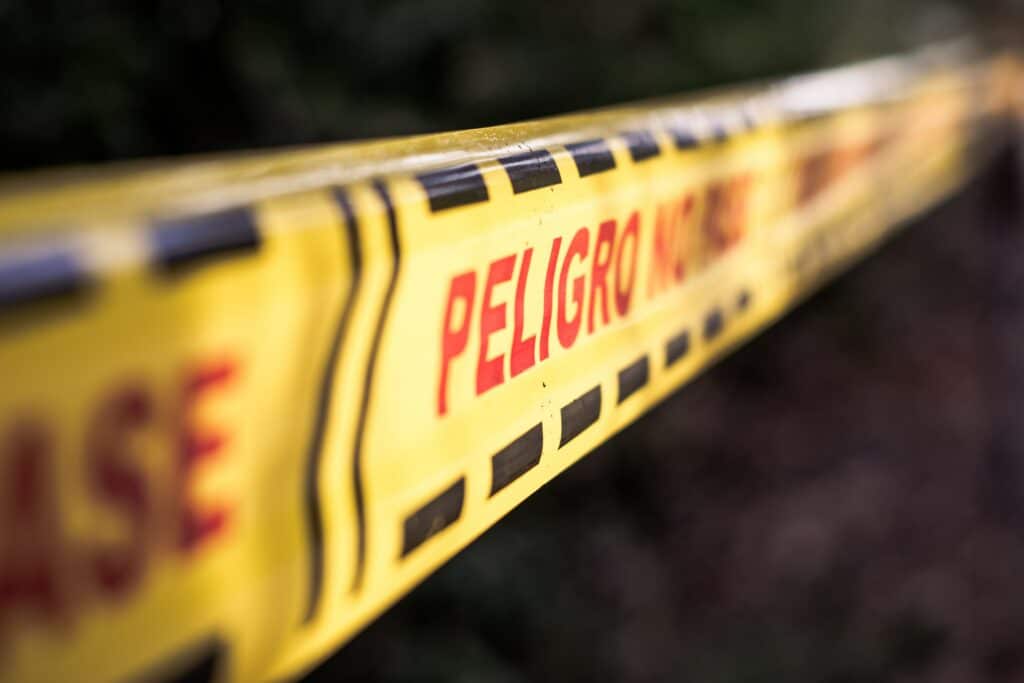An OSHA job hazard analysis will help keep you, your team, and your customers safe from injuries and accidents
There are never guarantees about what might happen on the job site. You simply can’t account for every variable. You can, however, do a lot to keep your janitorial team and your customers safe from injuries and accidents by taking the time to do an OSHA job hazard analysis.
The commercial cleaning industry has plenty of potential hazards, from wet floors to steam to cleaning chemicals. And while these may be hazards, they don’t need to be a danger. You already take precautions to keep people safe by requiring non-slip shoes, indicating where steam burns are possible, and ensuring cleaning chemicals are properly diluted and used as indicated.
There are also plenty of hazards that are easy to miss: a rough section of carpet could be a tripping hazard; poor lighting outside a building may be a safety hazard. In all of these cases, an OSHA job hazard analysis can help bring awareness to these issues and give you the information you need to minimize or eliminate the danger.
Ready to strengthen employee and customer relationships? Let’s start the conversation! Reach out today for more info.
7 Reasons an OSHA job hazard analysis is important (and how to do one)
An OSHA job hazard analysis is “a technique that focuses on job tasks as a way to identify hazards before they occur. It focuses on the relationship between the worker, the task, the tools, and the work environment.”
To offer some realistic numbers, in 2021, the Bureau of Labor Statistics reported that there were 2.4 non-fatal injuries in “janitorial services” per 100 workers. With almost 2.3 million reported janitorial jobs, that equates to about 55,000 non-fatal injuries each year. Sadly, there were also 109 fatal injuries. While it’s impossible to say whether an OSHA job hazard analysis would have prevented any of these tragedies, it does point to the importance of safety and awareness.
Those are some of the big reasons to perform an analysis, but we can get more specific.
1. Better training. No one wants to leave work with an injury, and an assessment of potential hazards can help ensure there is awareness and caution around equipment, supplies, and spaces that can compromise safety.
2. Improves relationships. The people on your team are your employees. You need to trust them, and they need to trust you, as well. Through an OSHA job hazard analysis, you can build those relationships by listening to your team and doing your best to solve issues that come up.
3. Employee buy-in. When your team knows you care about their safety, they are more likely to feel committed to your business and take ownership of tasks and duties.
4. Increased productivity. Quite simply, if your employee is injured and can’t work, then your overall productivity goes down.
5. Ensures your equipment is in good working order. Regular equipment inspections are ideal for maintenance and care, but looking more critically at your equipment as part of a hazard analysis may provide you with different information. For example, are there auto-stop functions or barriers that prevent contact with abrasive pads?
6. May lower insurance premiums. Many insurance companies will increase your premiums if you have multiple claims. So, not only will an OSHA job hazard analysis help keep your team safe and injury free, it might also save you money on your insurance expenses.
7. Update safety protocols. Looking closely at the potential safety issues on a job site, as well as within your operating procedures, can help pinpoint and update any areas that may not have the best safety protocols in place.
These are all excellent reasons to perform an OSHA job hazard analysis. The question, then, is, how do you do one?
OSHA offers a free 46-page guide that you can get here. If you want a general idea, however, this is what an analysis involves:
- Engage employees and their knowledge of the job.
- Look over your accident and injury history and pay special attention to these areas.
- Discuss any known or potential hazards and determine whether or not they are easy to correct.
- Correct any issues that are mentioned in step 3.
- For issues that will take more time or process to correct, prioritize them to address the most dangerous first.
- Outline the corrective measures, detailing the person responsible and the intended timeline.
A job hazard analysis won’t eliminate every injury or sick day. But it will help you improve your overall safety and help build trust between you and your team.
If you’re ready to increase the professionalism of your cleaning operation through better organization, easy access to important data, unparalleled tracking, and more, schedule a call with JM today!


